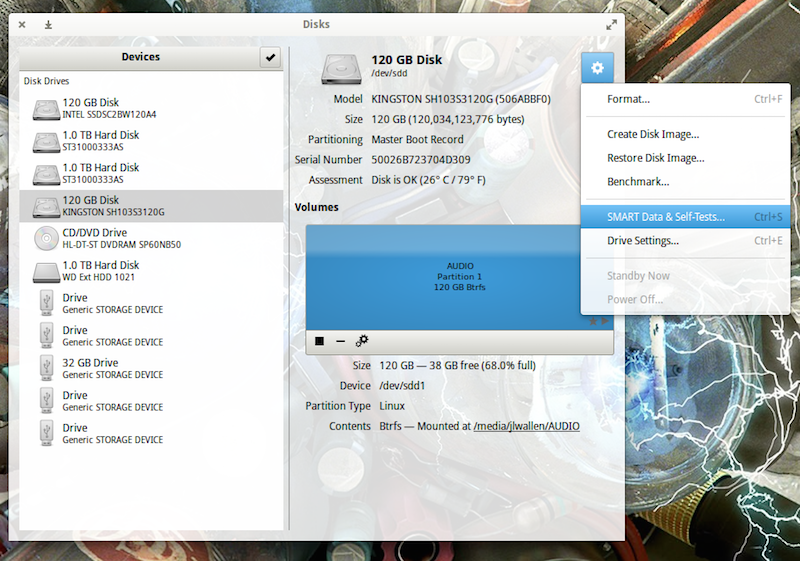


When performing basic system troubleshooting, you want to have a complete overview of every single metric on your system : CPU, memory but more importantly a great view over the disk I/O usage. '_DiskWriteBytesPersec0 C:'=337 50000000 100000000 '_DiskWritesPersec0 C:'=0 'CurrentDiskQueueLength0 C:'=0 '_AvgDiskQueueLength0 C:'=0.0 '_AvgDiskReadQueueLength0 C:'=0.0 '_AvgDiskWriteQueueLength0 C:'=0.0 Ī lot of metrics are available as you can see from the output above, all of these can have warning or critical thresholds.Monitoring disk I/O on a Linux system is crucial for every system administrator. _DiskReadsPersec=0/sec, _DiskWriteBytesPersec=337B/sec, _DiskWritesPersec=0/sec, CurrentDiskQueueLength=0, _AvgDiskQueueLength=0.0, _AvgDiskReadQueueLength=0.0, _AvgDiskWriteQueueLength=0.0|'_PercentIdleTime0 C:'=100 Output: Overall Status - OK (Sample Period 74 sec) - Physical Drive Name="0 C:" (OK) - _PercentIdleTime=100%, _PercentBusyTime=0%, _PercentDiskTime=0%, _PercentDiskReadTime=0%, _PercentDiskWriteTime=0%, _DiskReadBytesPersec=0B/sec, These disks checks use WMI Raw counters to calculate values over a given timeperiod.Ĭommands.
#LINUX DISK HEALTH PLUS#
The read_count and write_count nodes are also available.Ĭheck WMI Plus includes a checkio module. Now that these differences have been explained, the examples below show the different metrics that can be monitored.Ĭommands. You'll notice in NCPA that you cannot get metrics for the actual physical disk sda, this is how it works on Linux. Volume "centos-swap" is referenced as "disk/physical/dm-1".

Volume "centos-root" is referenced as "disk/physical/dm-0". The LVM has two volumes in it, these can also be referenced. "sda2" is a partition that is a LVM physical disk, this is referenced as "disk/physical/sda2". "sda1" is the boot partition, this is referenced as "disk/physical/sda1". The value in the KNAME column is how you reference it in NCPA. This is best explained by executing the following command on a Linux system: lsblk -output NAME,KNAME,TYPE,SIZE,MOUNTPOINT This can be hard to understand when you are partitioning your disk using the Logical Volume Manager (LVM). NCPA on Linux is a little more complicated, it provides metrics for the partitions on your physical disks. This is a direct relationship, it does not provide metrics for the partitions you create on the disk. For example in Disk Management "Disk 0" is reference in NCPA as "disk/physical/PhysicalDrive0".
#LINUX DISK HEALTH WINDOWS#
NCPA on Windows provides metrics for the physical disks in your system. The term "physical" can vary depending on the operating system, this will be explained first. NPCA includes a disk module that allows you to check the performance of the physical disks in your system.


 0 kommentar(er)
0 kommentar(er)
